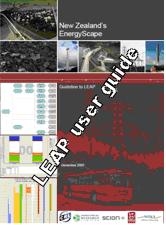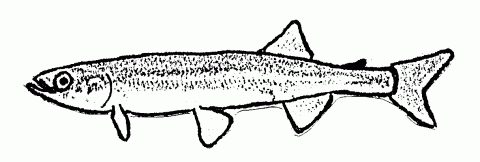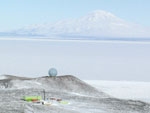PDF of this article (129 KB)

New atmospheric science laboratory in Antarctica


Antarctica New Zealand has constructed a new atmospheric science laboratory at Arrival Heights, a few kilometres away from Scott Base. As the major tenant of the building, NIWA has been extensively involved with the design of the new facility.
The Antarctic atmosphere plays a unique role in the global system; research there is important both for understanding changes in Antarctica and the way those changes affect the surrounding regions. NIWA research at Arrival Heights uses both direct air sampling and remote sensing of the stratosphere from the ground to study changing atmospheric composition, and has built up a data record over 20 years long.
The existing laboratory dates back to the early 1980s, with extensions added as the atmospheric research programme grew. It suffered structural damage in a 2004 winter storm and has problems with leaks in the flat roof, internal temperature control, and snow accumulation. The new building is designed to withstand a wind of 60 m/s (216 km/h), expected once in 50 years, and to maintain an internal temperature of 20?°C for outside temperatures from -5 to -50?°C. It is elevated a metre from the ground to reduce snow accumulation.
We have designed features to meet the needs of existing user groups, such as the internal layout and access on to a low-pitch roof for observations and experiments. NIWA has designed and commissioned custom fibreglass roof hatches to ensure a convenient and weather-tight system for all groups that need roof viewing ports.

Materials were prefabricated, packed in 15 containers with a gross weight of 118 tonnes, and shipped to Antarctica in January. The framework and exterior shell of the new building were erected in February by Leighs Construction Ltd, and the interior will be completed during the winter. The lab is scheduled to be fully commissioned and ready for occupancy by early October. NIWA experiments will be shifted from the old laboratory over the 2006-07 summer season, after measurements of the 2006 Antarctic ozone hole.
You can read more about NIWA’s atmospheric programme in Antarctica in Water & Atmosphere 10(4): 4 (2002) and 11(3): 20-23 (2003).
For further details, contact: Stephen Wood, 0-3-440 0426 [email protected] Peter Brookman, 0-3-358 0200 [email protected]
